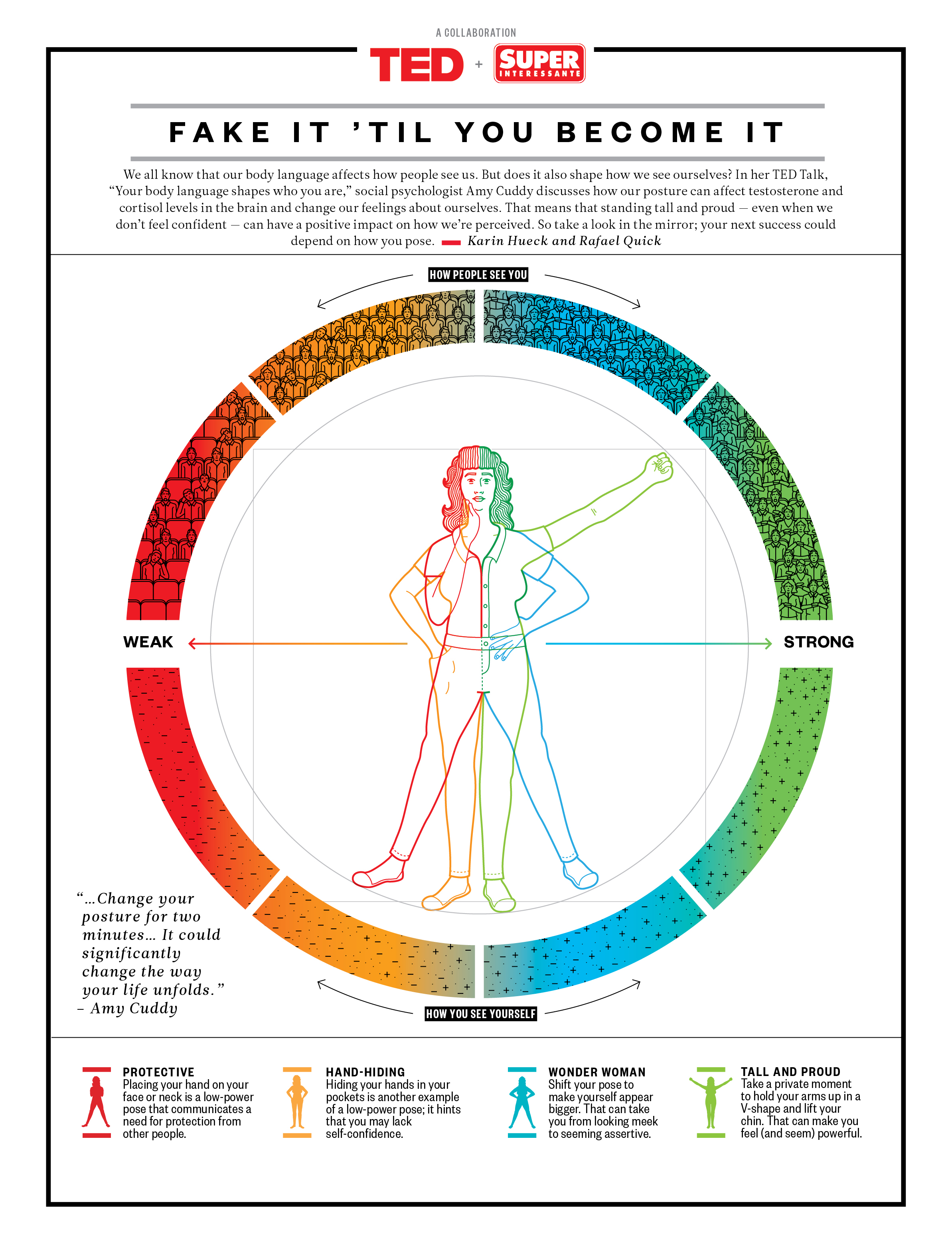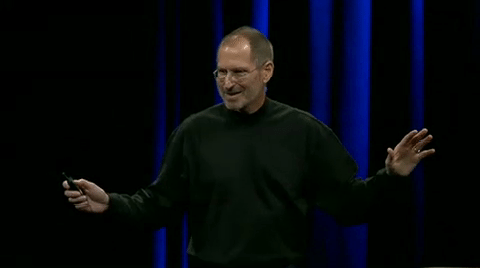Aside from meaningful content and great PowerPoint design, presentations are also about putting your best foot forward. It doesn’t matter if you’re looking to secure an investor or promote a new product: a huge part of it involves making a favorable impression with body language and non-verbal cues.
We all know how body language plays an important role in forming first impressions. As best-selling author and keynote speaker Bernard Marr said,
“According to research done by a Princeton University psychologist, it’s an evolutionary survival mechanism. Your brain decides from the information it has—in other words, how you look—whether you are trustworthy, threatening, competent, likeable and many other traits.”
The audience immediately forms their opinion of you even before you speak and pull up your slides. The only way to avoid negative and hasty assumptions is by making sure you’re presenting yourself in the best way possible.
Take note of these body language tips, and get the best outcome for your presentations:
1. The Power Pose
Think back to when you were younger and how your mother constantly asked you not to slouch. Standing straight isn’t only good for your posture. As it turns out, it’s also a great way to convey authority and feel confidence.
In the TED Talk, “Your body language shapes who you are”, social psychologist Amy Cuddy explores how ‘power posing’ can lead to success. Her research suggests that changing your posture can affect your body chemistry, particularly the levels of testosterone and cortisol in your brain.

The next time you’re feeling a bit anxious about presenting, try the power pose. Start your presentation with your back straight. Let your arms fall to your side and relax.
2. Movement
Don’t spend the rest of your presentation standing straight in one spot. Always be mindful of the space you have and use it to your advantage. As Amy Cuddy pointed out, power is displayed by making yourself big and taking up as much space as you can.
Use your hands to emphasize points once in a while with strong and defined gestures. Something Steve Jobs used to do was open up his arms like this:

If you’re presenting on a big stage, try to walk around every now and then. Move in a way that’s natural to you, and show your audience just how comfortable you are.
3. Eye-Contact
The success of your presentation is determined by your ability to connect with your audience. Aside from engaging them with great visuals and expert storytelling, try to make eye contact. While it’s clearly impossible to look at everyone in your audience in the eye, you can still establish rapport by following the ‘three count rule’ by Dan Rockwell.
“Look at someone on the left and count to three. Look to the middle and count to three, and so on. Don’t scan the audience. Scanners disconnect. Tip: Don’t keep looking at the power people in the audience.”
Let your body language show that you’re present and ready to consider how your audience feel about your presentation.
4. Facial Expressions
People often forget that facial expression is an important element to body language. More than how you stand or move, it’s your face that tells people what you might be thinking. Just consider how the word “great” can mean two different things if said with a pursed lip or a smile.
You can alter meaning with your facial expressions. The audience refers to your face to fully understand what you’re sharing. Smile as often as you can and try to make your face look as lively as possible. If you aren’t naturally expressive, take some time to practice your speech in front of a mirror. A blank face can make you look bored or uninterested, so make sure to connect your verbal cues with inviting expressions.
References
Cuddy, Amy. “Your body language shapes who you are.” TED. Accessed July 17, 2014.
“Secrets to Great Presentations.” Leadership Freak. 2014. Accessed July 17, 2014.
Featured Image: kev-shine via Flickr








